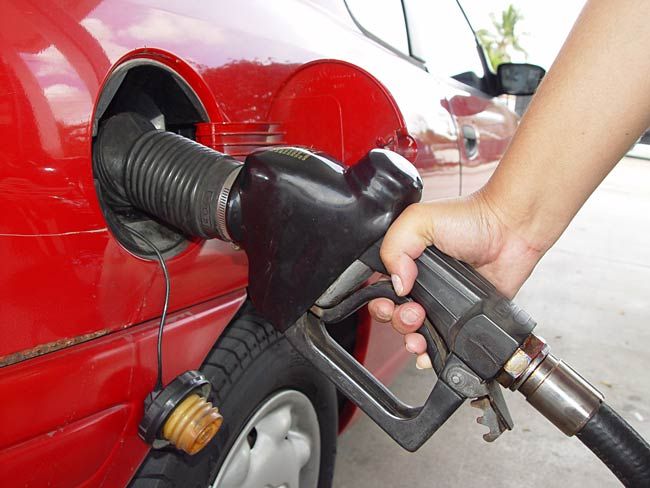Which States Pay Highest Gas Prices

Everyone grumbles when prices at the pump rise, but some drivers pay more depending on where they live. A new study shows how gas price spikes hurt the wallets of drivers in some states more than in others.
On average, Mississippi drivers spent more than 6 percent of their annual income on gas in 2009, compared to drivers in Connecticut and New York who spent just 2.5 percent of their income on gas. But a price spike similar to the one in July 2008 would have worsened the imbalance — Mississippi drivers would have seen driving costs shoot up to 11 percent as opposed to just 4.3 percent for Connecticut and New York. [See gas prices in your state.]
Gasoline prices today are lower than the highs of July 2008, but they are higher than they were in 2009. Analysts point to recent growing demand for oil that has led to higher prices, and they continue to debate the point at which oil production might peak over the next decade.
The Natural Resources Defense Council (NRDC) study first calculated on average how much licensed drivers in each state paid for gas in 2009, and then ranked states by the proportion of income that drivers spent on gas.
Among the 10 states that paid the most proportionally for gas were Mississippi, Montana, Louisiana, Oklahoma, South Carolina, Kentucky, Texas Maine, Georgia and Idaho.
The 10 states that paid the least proportionally for gas included Florida, Washington, Pennsylvania, New Jersey, Colorado, New Hampshire, Maryland, Massachusetts, New York and Connecticut.
The difference in proportion of income spent on gas widened dramatically when the NRDC recalculated the rankings by replacing the average gas price in 2009 with the price peak in July 2008 — as if prices had peaked during the recession.
Sign up for the Live Science daily newsletter now
Get the world’s most fascinating discoveries delivered straight to your inbox.
This hypothetical scenario does not predict the chance of another gas price peak, but helps to highlight the imbalance of how much gas price spikes hurt certain drivers more than others.
"The impacts of gasoline prices in the midst of a struggling economy make it clear that our country needs to reduce its dependence on oil," said Elizabeth Hogan, analyst at David Gardiner and Associates, who helped put together the report for the NRDC.
When looking at the average gas spending in dollars rather than proportion of income, the five states that paid the most included Montana ($2,017.96), Wyoming ($1,930.68), Louisiana ($1,908.72), Mississippi ($1,880.95), and Oklahoma ($1,830.77). New York and Connecticut drivers paid $1,216.06 and $1,391.18 respectively at the bottom of the chart.
But top sufferers such as Mississippi and Montana paid well over $3,000 if under the hypothetical peak price scenario. Even New York and Connecticut ended up paying over $2,000 — although keep in mind that the NRDC report does not predict that peak prices would last for an entire year.
Individual drivers might pay more or less on average depending on their driving habits, type of car ownership and where they fill up their gas thanks. But penny-pinching drivers may want to consider ecodriving, better use of public transportation or other energy-saving tips.












